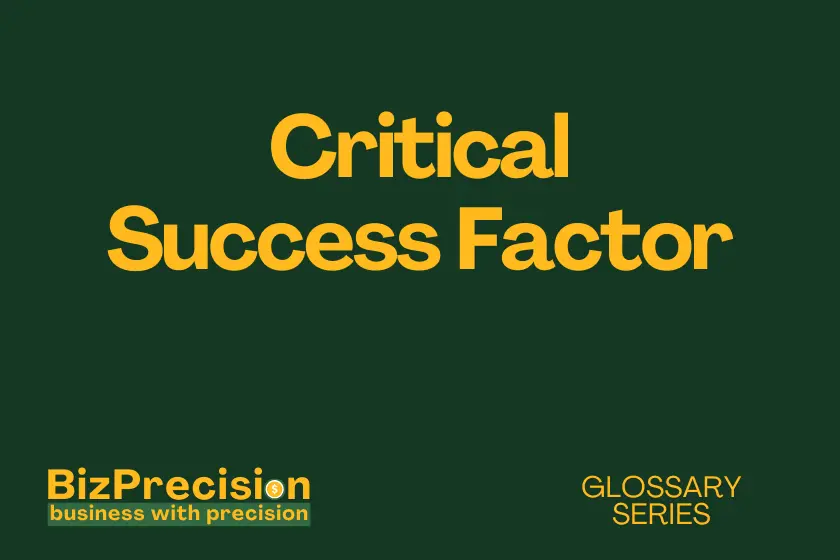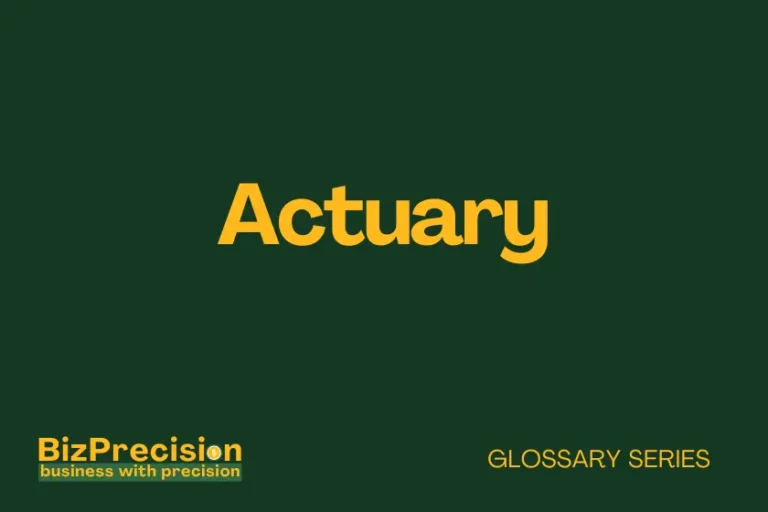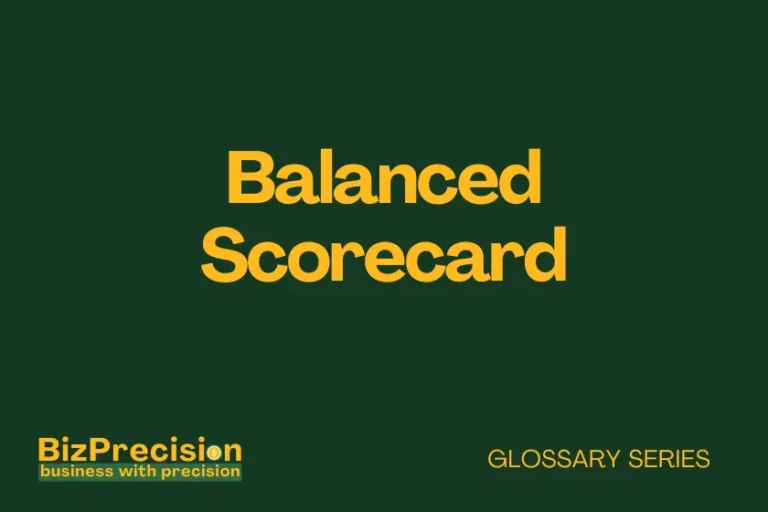What is a Critical Success Factor (CSF)?
A Critical Success Factor is a key business element that must be achieved to meet objectives and maintain competitive advantage.
Recent research by Gartner shows that companies using well-defined CSFs are 65% more likely to reach their strategic goals. This highlights how critical these factors are for business success.
Let’s explore how CSFs help businesses focus on what matters most for their success.
I. Understanding Critical Success Factors
A. Types of Critical Success Factors
Four main types of CSFs shape business success. Each type serves a specific purpose in your strategic planning.
Industry CSFs focus on market demands and competitive requirements. These factors affect all companies in your industry. For example, restaurants must maintain food quality and cleanliness to succeed.
Strategic CSFs align with your company’s specific goals. These factors reflect your unique market position and business model. A luxury brand might focus on product exclusivity and premium service.
Environmental CSFs respond to external forces beyond your control. These include economic changes, regulations, and market shifts. Tech companies must stay current with data privacy laws.
Temporal CSFs address short-term needs and project goals. These factors help you manage specific initiatives or changes. When launching a new product, meeting development deadlines becomes a temporal CSF.
B. Characteristics of Effective CSFs
Good CSFs share key traits that make them useful for planning and execution.
First, effective CSFs are measurable and specific. You can track your progress using clear metrics. Instead of “improve customer service,” use “reduce response time to under 2 hours.”
Second, CSFs align with business objectives. They support your overall strategy and goals. If growth is your goal, your CSFs should focus on market expansion and sales.
Third, successful CSFs are actionable and within your control. Your team can take steps to achieve them. Focus on factors you can influence rather than external conditions.
C. CSFs vs. Key Performance Indicators (KPIs)
While related, CSFs and KPIs serve different purposes in business planning.
CSFs define what you must do to succeed. They are qualitative statements about essential activities. “Maintain high product quality” is a CSF.
KPIs measure your progress toward goals. They provide numerical targets to track success. “98% product pass rate in quality control” is a KPI.
Think of CSFs as your destination and KPIs as your GPS. CSFs tell you where to go, while KPIs show how far you’ve come.
II. Implementing Critical Success Factors
A. CSF Identification Process
Finding the right CSFs requires a structured approach. Start with your business goals and work backward.
First, review your strategic objectives. What must happen for you to achieve these goals? List all potential factors.
Next, gather input from key stakeholders. Different departments offer unique insights into success factors. Sales teams know customer needs, while operations understand delivery challenges.
Finally, prioritize your factors. Focus on those with the biggest impact on success. Keep your list manageable – aim for 5-7 key factors.
B. Measuring and Monitoring CSFs
Regular monitoring helps you stay on track with your CSFs.
Create a dashboard to track related metrics. Use visual displays to spot trends and issues quickly. Charts and graphs make data easier to understand.
Set review schedules for each CSF. Monthly reviews work well for most factors. Some might need weekly or daily checks.
Update your metrics as business needs change. What you measure should evolve with your goals. Don’t stick to outdated metrics.
C. Common Implementation Challenges
Several obstacles can affect CSF implementation.
Lack of clear communication often causes problems. Teams might misunderstand their roles in achieving CSFs. Hold regular meetings to align everyone’s efforts.
Resource constraints can limit progress. You might lack time, money, or skills to address all CSFs. Focus on the most critical factors first.
Resistance to change may slow implementation. Some staff might prefer old ways of working. Show how CSFs benefit everyone’s work.
D. Best Practices for CSF Management
Follow these proven approaches to manage your CSFs effectively.
Document your CSFs clearly. Write detailed descriptions of what success looks like. Share these with all team members.
Review and update CSFs regularly. Business conditions change quickly. Your success factors should adapt too.
Train your team on CSF importance. Help everyone understand their role. Provide tools and support for tracking progress.
III. Impact on Business Performance
A. Strategic Decision Making
CSFs guide better business choices. They help you focus on what matters most.
Use CSFs to evaluate new opportunities. Ask if projects support your critical factors. This helps avoid distracting initiatives.
Let CSFs shape resource allocation. Invest in activities that drive your key success areas. Skip projects that don’t support CSFs.
B. Resource Allocation
Smart resource use follows your CSFs. This ensures you invest in what matters most.
Direct your budget toward CSF-related activities. Spend money where it drives success. Cut funding from less critical areas.
Assign your best people to CSF projects. Their skills help achieve key goals faster. Support them with needed resources.
C. Performance Optimization
CSFs help improve business results in several ways.
Focus team efforts on key activities. Everyone knows what matters most. This reduces wasted time and effort.
Track progress against clear targets. Measure how well you achieve each CSF. Make changes when you fall short.
D. Risk Management
CSFs help identify and manage business risks.
Monitor CSF-related risks closely. Watch for threats to key success areas. Plan responses to potential problems.
Create backup plans for critical activities. Know what to do if things go wrong. Keep alternative resources ready.
Conclusion
Critical Success Factors form the foundation of effective business strategy. They guide your decisions, focus your resources, and drive performance.
To succeed with CSFs:
- Choose factors that truly matter for your goals
- Measure and monitor progress regularly
- Adjust your approach based on results
- Keep teams focused on key success areas
Start by identifying your CSFs today. Review your business goals and list what must go right. Then create plans to achieve each factor.
Remember, good CSFs evolve with your business. Review them regularly and update as needed. Your success depends on staying focused on what matters most.







